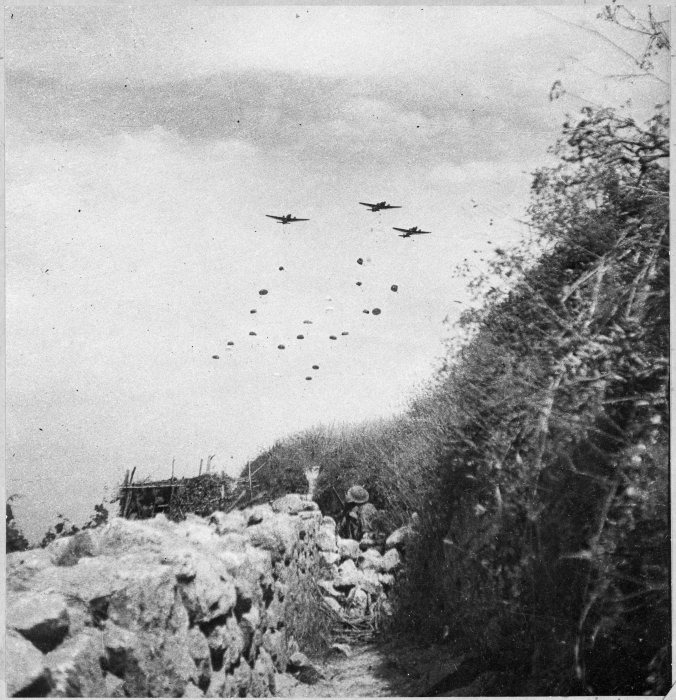You are not logged in.
Dear visitor, welcome to WesWorld. If this is your first visit here, please read the Help. It explains in detail how this page works. To use all features of this page, you should consider registering. Please use the registration form, to register here or read more information about the registration process. If you are already registered, please login here.
Quoted
Originally posted by Hood
15 January
Reports have been received in the capital that there has been a severe earthquake in the province of San Juan. The earthquake occurred in a region highly prone to seismic events and reportedly destroyed a large part of city of San Juan. Further details will be forthcoming once they are known.



This post has been edited 2 times, last edit by "Hood" (Jun 29th 2013, 9:33am)
Quoted
Originally posted by Hood
Any help from Grand Uruguay is more than welcome and is any help from PHP who should have volunteers ready to go from their work in Paraguay etc.
Peru's aid is also welcome, especially the field hospital. I think some kind of encampment is going to have to built at Mendoza to house all these extra aircrews and rescue parties until they go into San Juan. Also the local airstrip and air force base will probably be quite crowded! PSP planking will be very much in demand there and at the new strips around San Juan province.
This post has been edited 1 times, last edit by "Hood" (Jun 30th 2013, 10:54am)

This post has been edited 2 times, last edit by "Hood" (Jul 2nd 2013, 10:04am)
Forum Software: Burning Board® Lite 2.1.2 pl 1, developed by WoltLab® GmbH
